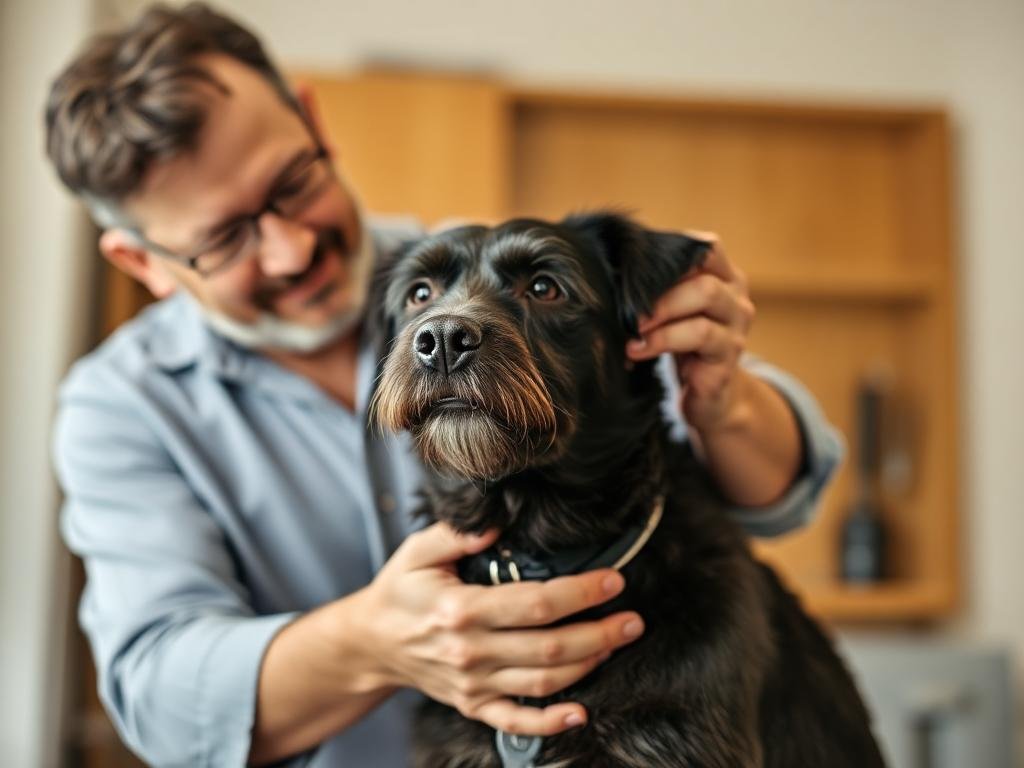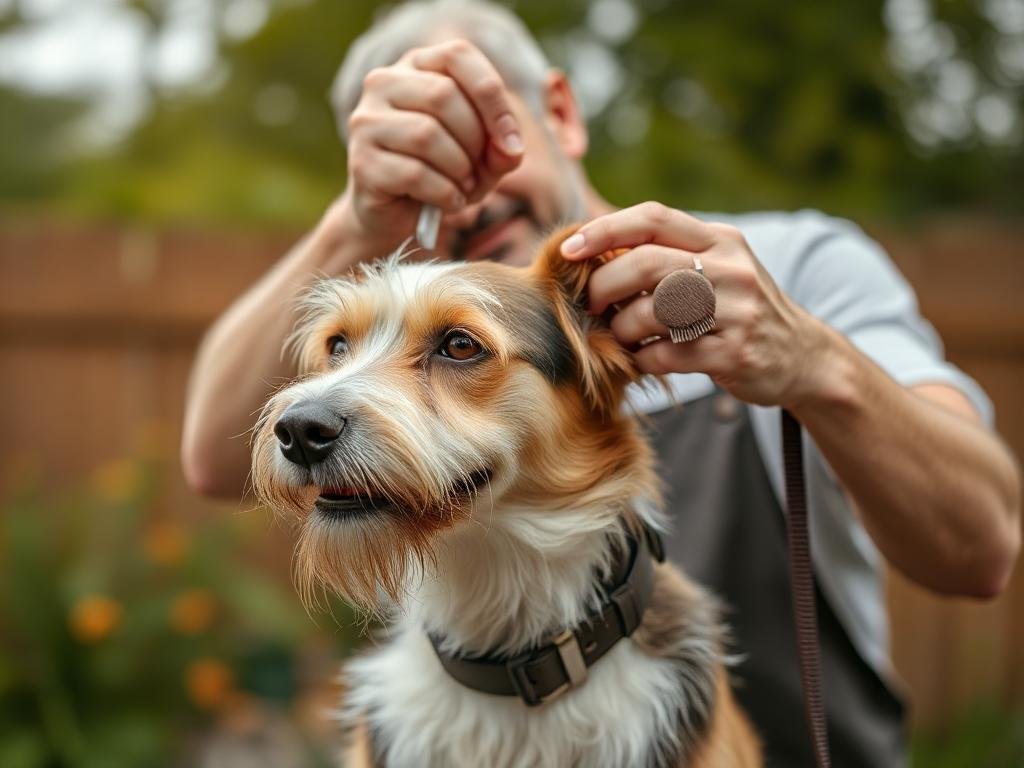Flea dirt is another issue that pet owners constantly try to overlook. Yet it is prevalent among many households. A brief knowledge about flea dirt and the necessities to recognize it as well the procedures for dealing with it will greatly help in improving the health of your pet animal. This blog will seek to give a general information and management of flea dirt with special focus on its implications.
Table of Content
- What Is Flea Dirt?
- Why Flea Dirt Is Considered a Problem?
- Flea Dirt on Your Pet
- How to Get Rid of Flea Dirt
- Prevention Strategies
- Conclusion
What Is Flea Dirt?
It is not dirt in the usual sense of the term, but instead it is flea feces and is basically a brown substance made up almost entirely of the fleas’ blood. Fleas consume your pet’s blood and droop feces that are very fine and may seem like the black spice, the coffee or black pepper. These specks are often easily visible on your pet’s skin or fur, especially on the areas which fleas favor in their feeding and reproduction, for instance on the base of the tail, on the belly and hind legs.

There is a small and quick test you can do to make sure that it is flea dirt that you are dealing with. You can also use a damp paper as a cleaner, this means that you should take a paper towel and start rubbing the debris onto the paper towel. These specks may be black, and if they leave behind a reddish-brown residue, that means that they are flea droppings as the specks contain blood that the fleas have ingested.
Why Flea Dirt Is Considered a Problem?
Identifying flea dirt indicates that fleas are actively reproducing in your home. Fleas not only cause itching and discomfort but can also lead to more severe problems for both pets and people. They can spread diseases such as murine typhus and tapeworms. Additionally, if left uncontrolled, fleas can cause anemia in pets due to blood loss from constant feeding.
Flea dirt poses another challenge because flea larvae feed on it. Ignoring the infestation is unwise. The longer you wait, the worse the situation becomes. This can lead to a more serious problem that is difficult to resolve.
Flea Dirt on Your Pet
Finding flea dirt requires one to look for it in the skin and skin coat of the pet you are treating. Common areas where flea dirt accumulates include:
- Base of the tail: The place is frequently infested with fleas.
- Belly: Lice may also gather here too may be fleas.
- Hind legs: Same as the chest and belly check behind the knees and thighs.
- Neck area: Especially in cases when grooming is not as rigorous as can be seen in cats, for instance.
While removing flea dirt and fleas you should also use flea comb because it is more effective than using fingers only. Wash the face in contrary direction to the hair growth line as a way of removing debris.
How to Get Rid of Flea Dirt
Flea dirt’s removal is an essential part of flea pest control as a totality. Here are several steps you can take:
1. Bathing Your Pet
Since it can act as a shower, an oatmeal shampoo is useful for washing fleas’ dirt off the pet and calming any inflammation resulting from flea bites. Do not use strong type of shampoos intended for fats removal in your pet as they can cause fleas and skin infection; use pet friendly shampoos.
2. Flea Treatments
Implementing effective flea treatments is crucial:
- Oral Medications: These are usually the best for exterminating fleas within the shortest time possible. They begin working in few hours and eliminates adult fleas before they reproduce.
- Topical Treatments: These can also be useful though, may take longer to get to work than oral Pharmacodynamics.
It is always wise to seek advice from your vet before using any of these treatments since the vet may advise you on other products for use by your pet.
3. Environmental Control
Fleas are not only on the body of the animal, but they are also part of your house conditions. Regular cleaning is essential:
- Vacuuming: Clean your carpets, rugs and furniture often especially in the hope of eliminating flea eggs and larvae. Vacuum bags also should be disposed of as soon as possible.
- Washing Bedding: Bathe your pet’s bedding in hot water once weekly to help eradicate any fleas or their eggs that remain.
4. Routine Checks
When you have treated your pet for fleas, check them every day using a flea comb to see their response to the treatments. Check for flea’s feces called flea dirt and living fleas during these inspections.
Prevention Strategies
It is much easier to avoid getting an infestation of fleas than it is to treat a home that is already infested. Here are some strategies:
- Monthly Preventatives: Suggest to your veterinarian that your pet should be given monthly flea and tick preventives appropriate for your pet’s activity level and health condition.
- Regular Grooming: In addition to keeping your pet’s coat well brushed, it gives you the opportunity to look for fleas or flea droppings.
- Keep Your Home Clean: To minimize the possibilities of an infestation determining your home environment, proper cleaning schedules will be implemented.
Conclusion
Flea dirt may seem like an unpleasant sight that can be easily ignored. However, it often indicates that your pet may have fleas. Understanding what flea dirt is and implementing preventive measures—such as regular grooming, applying treatments, and maintaining a clean environment—can help keep your pets safe from fleas and their associated complications.
As a responsible pet owner, you must prioritize your pet’s health. A healthy pet is a happy pet. If you suspect your pet has fleas or find flea dirt during your inspection, contact your veterinarian for advice on treatment and protection.



One Response